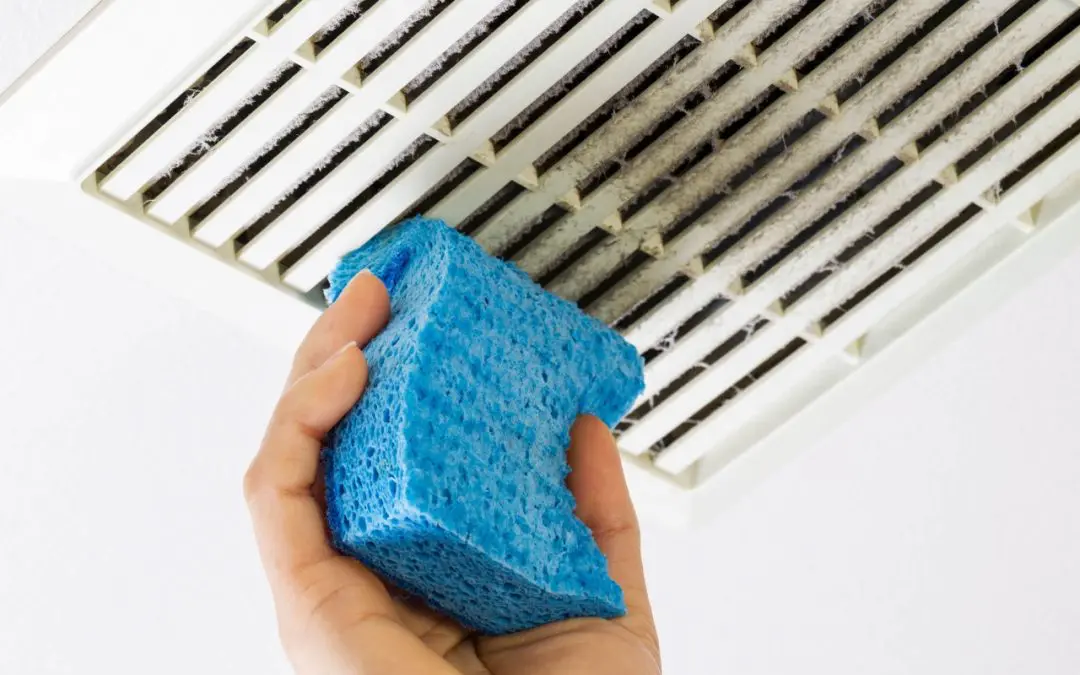You spend a significant portion of your life inside your home, yet many homeowners overlook the importance of the air they breathe every day. Poor indoor air quality could impact everything from your sleep and allergy symptoms to your long-term health. The good news is that taking confident, proactive steps to improve the air inside your house is surprisingly straightforward and incredibly rewarding. You don’t need expensive equipment to start; you just need to know where to focus your efforts.
Ventilation: The Key to Better Indoor Air Quality
The most effective way to improve indoor air quality is to ensure a continuous exchange of fresh, outside air with stale, inside air. Many modern homes are built to be highly insulated and air-tight, which is great for energy efficiency but terrible for air freshness, as pollutants get trapped inside. Make a habit of opening your windows for a few minutes each day, even in cold weather. This simple act drastically reduces the buildup of volatile organic compounds (VOCs) and moisture.
Check that your kitchen and bathroom exhaust fans work correctly and use them consistently. The kitchen fan should always be running when you cook to remove cooking fumes and combustion byproducts, and the bathroom fan should run during and after showering to manage humidity. Managing humidity is key because excessive moisture is a prime contributor to mold and mildew.
Filtering and Cleaning the Air You Breathe
Your HVAC system is your home’s biggest tool for maintaining consistent indoor air quality. But it only works if you maintain it properly. The single easiest step you could take is to regularly change your HVAC filters. These filters trap dust, pollen, pet dander, and other particles. For superior air cleaning, upgrade from the cheapest fiberglass filters to pleated filters with a higher Minimum Efficiency Reporting Value (MERV) rating (generally between 8 and 12 for most homes). Replacing these filters every one to three months, depending on the season and pet activity, guarantees your system isn’t recirculating pollutants.
Consider having your air ducts professionally cleaned. Over time, ducts could accumulate dust, rodent droppings, and mold. A professional cleaning will reset your system and dramatically improve indoor air quality by removing years of trapped debris from the system.
Controlling Sources of Pollution
The best offense against poor indoor air quality is defense, eliminating pollution sources before they enter the air. Many common household products, including cleaners, paints, air fresheners, and furniture, off-gas VOCs. When shopping for these items, look for low or zero-VOC products, especially paints and carpeting, to reduce chemical fumes. Rather than using synthetic air fresheners that add more chemicals to the air, try natural ventilation or essential oil diffusers.
Regular, thorough cleaning is essential. Dust and vacuum regularly using a vacuum cleaner equipped with a HEPA filter, which traps the smallest particles instead of blowing them back into the room. Damp-dusting surfaces is always better than dry-dusting, as it captures and removes particles rather than scattering them. By focusing on removing the sources of pollution, you take definitive control over your home’s indoor air quality and enjoy a cleaner, healthier living environment.
Semper Fi Inspections offers professional home inspection services in Central Indiana. Contact us to schedule an inspection today!

